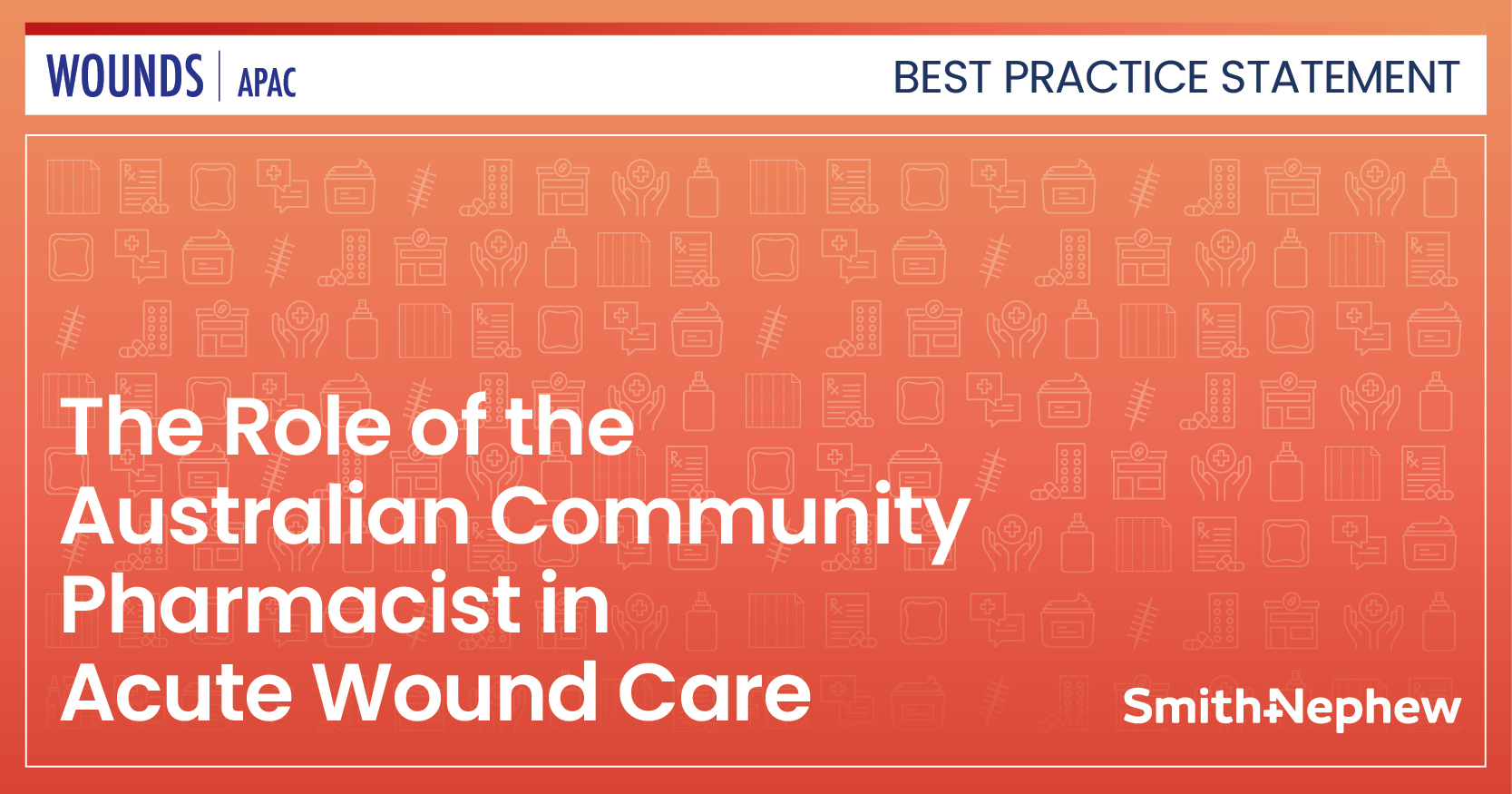Smoking is a risk factor for poor wound healing and flap failure due to oxidative damages produced by components in cigarette smoke. Reverse sural fasciocutaneous (RSF) flaps are commonly used for the reconstruction of the distal third of the leg.
The authors compared the protective effects of two antioxidant agents: ascorbic acid (AA) and Tualang honey (TH) in improving the survival of RSF flaps in a smoking rabbit model. Method: 36 RSF flaps were raised on White New Zealand (Oryctolagus cuniculus) rabbits. The rabbits were divided into 3 groups and all groups were exposed to cigarette smoke, using smoke chambers for 2 hours daily for 4 weeks prior to the flap elevation and then continued for 1 week postoperatively.






